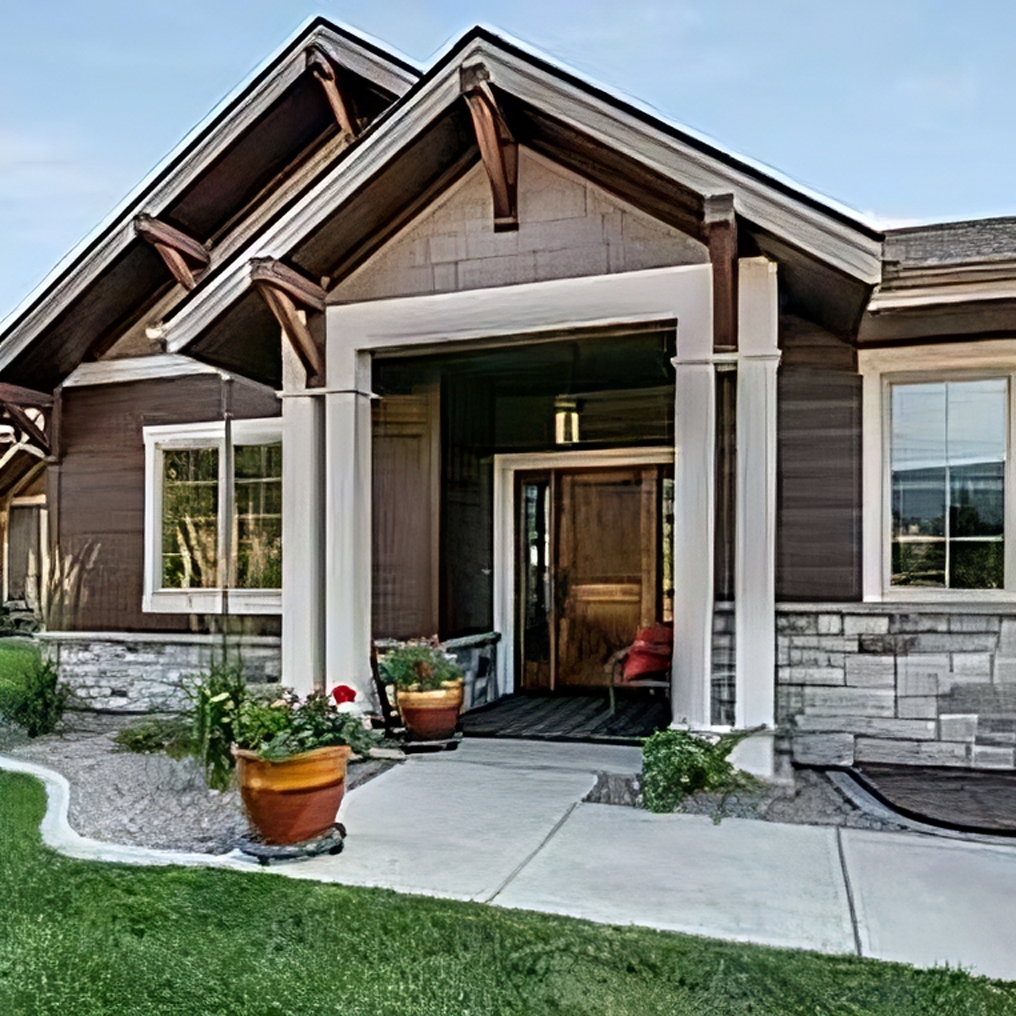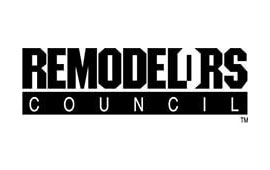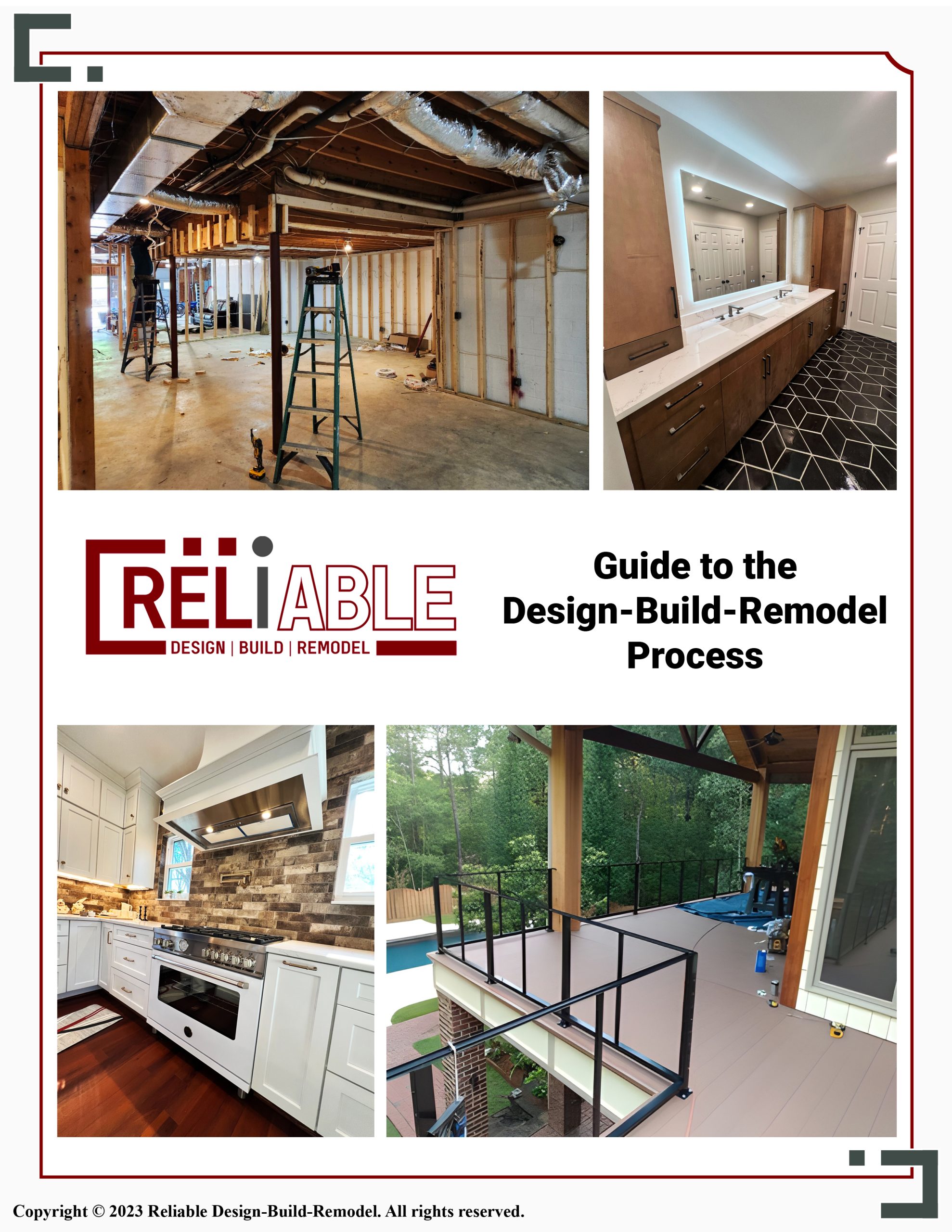One of the most popular brands of hardboard siding, called Masonite, was a brand of siding that was created as an alternative to vinyl or wood siding, and was supposed to be more durable and thus last longer, but this was not the case. Hardboard was invented in 1926, and over the course of almost 100 years hardboard has found its way into may aspects of the construction industry, where it still serves a useful purpose to this day. However as a siding material it is more than lackluster, as Masonite hardboard has been embroiled in class-action legal cases and damage claims because of the material’s poor quality.
Do They Make Masonite Boards Anymore?

There are definitely companies making hardboard siding these days for bottom-dollar home construction projects, but Masonite as a company has discontinued siding production. This is because during the 1990’s, a class-action lawsuit filed on behalf of homeowners who had purchased Masonite siding was filed, and in 1996 a jury definitively stated that Masonite was defective under the laws of certain states. In 1998, a settlement was approved and from 1980 up until 2008 homeowners were allowed to file damage claims to replace their siding and to repair other home damages, costing the Masonite company one billion dollars.
This information comes from the legal firm Lieff Cabraser, Heimann, and Bernstein; more information is available here: https://www.lieffcabraser.com/defect/masonite/
What is a Good Substitute for Masonite Siding?
Unfortunately, there are still many homes in America that are constructed with Masonite siding, and as a result there are many homeowners who are just now finding that they need to replace their siding due to water damage or damage from the elements. Rest assured because there are several excellent options available! Fiber cement siding is a popular choice due to its durability, resistance to moisture, and low maintenance requirements. Vinyl siding is another common substitute, offering affordability, ease of installation, and a wide range of styles and colors. Engineered wood siding provides the aesthetic appeal of natural wood with added resilience and reduced susceptibility to rot and pests. Each of these alternatives can effectively replace masonite, depending on your specific needs and preferences.
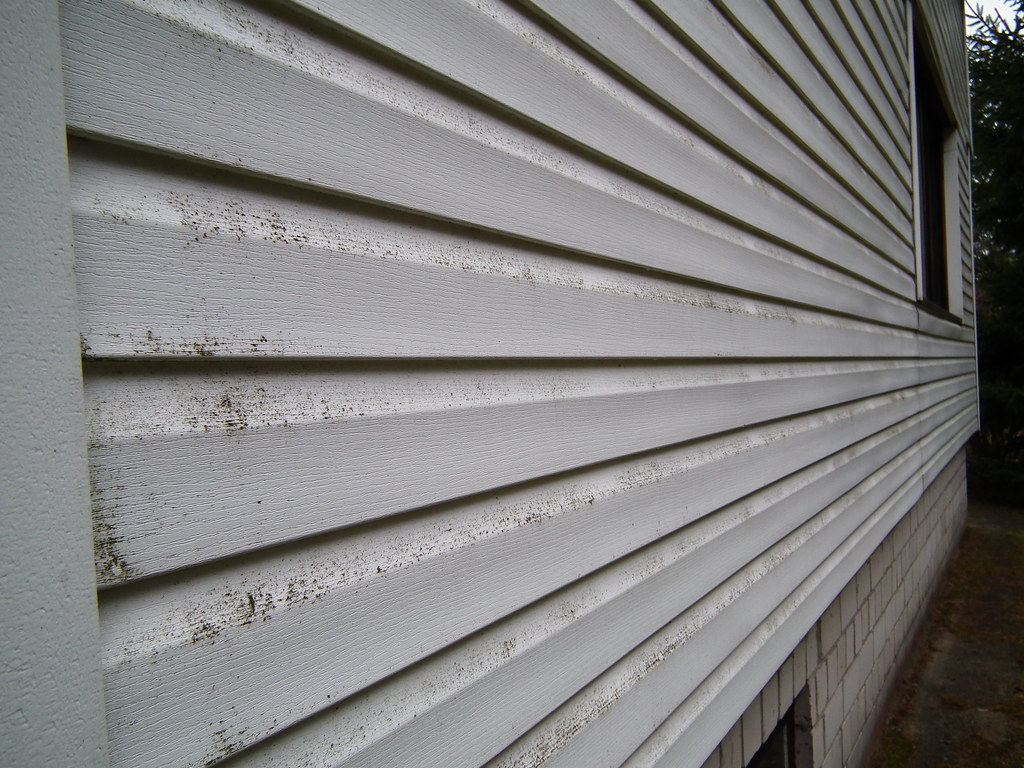
How Long Does Masonite Siding Last?
The primary problem with Masonite siding is that it infamously does not last long at all, allowing weather damage and water damage to permeate inside of the homes it’s installed on. Siding is supposed to repel water, and Masonite, as part of a design and manufacturing flaw, instead absorbs water. This is horrible for obvious reasons, and can further damage the interior of your home, causing mold and rot related issues that can seep further into parts of your home.
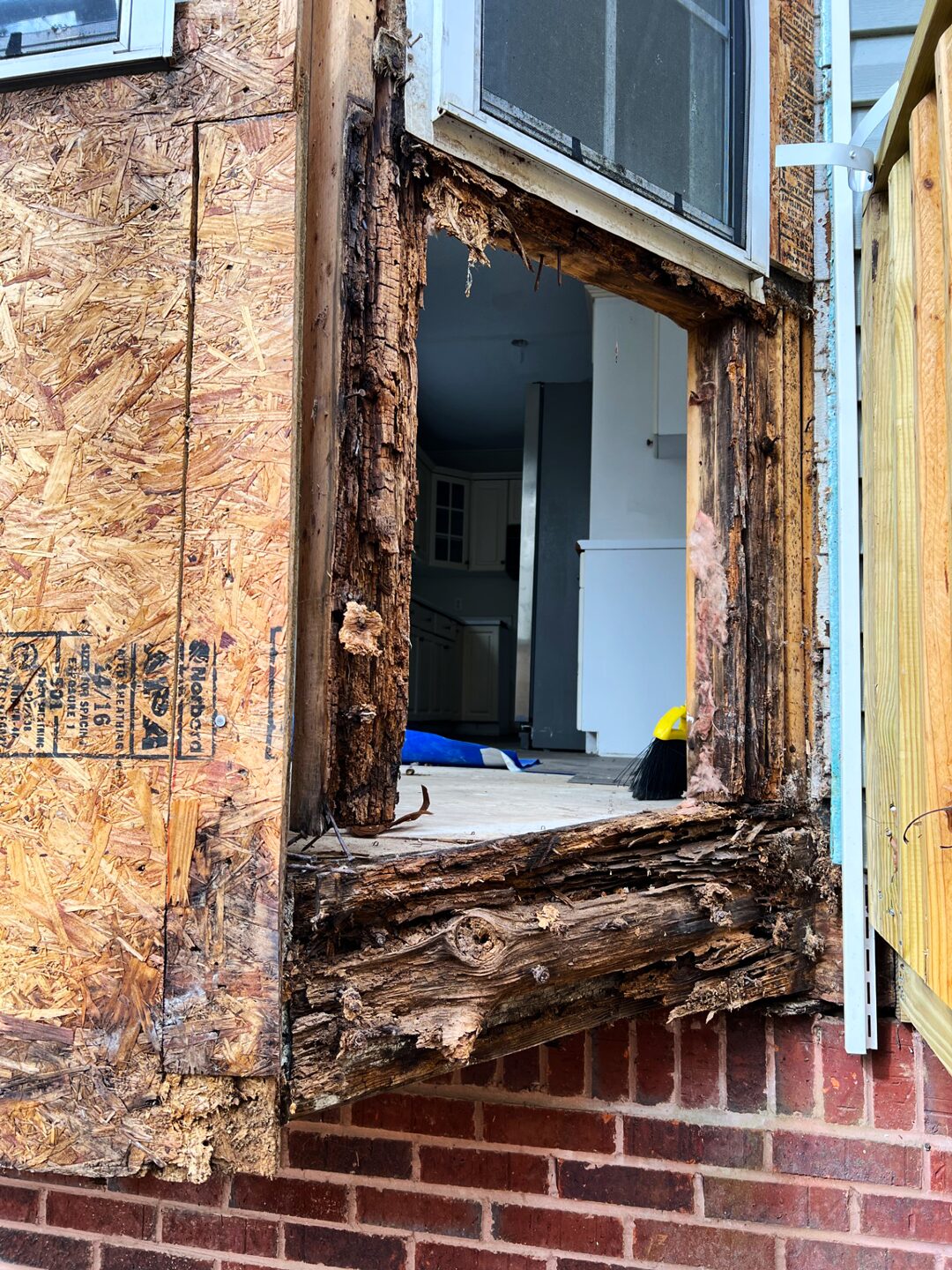
Is Masonite Better Than Vinyl Siding?
One of the only benefits Masonite offers is a natural wood appearance and that it can be painted to match any color scheme, which is an advantage for those seeking a specific aesthetic. However, almost every other aspect of Masonite honestly outweighs any potential aesthetic benefit. Vinyl siding, on the other hand, is highly durable, resistant to moisture, and virtually maintenance-free. It comes in a variety of styles and colors.
Should You Remove Masonite Siding Before Installing Vinyl Siding?
If you have the money to do so, you should remove Masonite not even before needing to replace it, as it is a material that is a time bomb for a technical and maintenance nightmare.
But if you are planning on replacing Masonite with another siding material, such as Vinyl, then you will have to the remove the Masonite anyway. A reliable exterior renovations expert will take of this for you in no time, and will also point out any potential threats to your home from wood rot or fungal related damage that was a result of Masonite siding.
How Can You Tell If Siding Is Masonite?
Identifying Masonite can be straightforward if you know what to look for. Find a piece of Masonite and then pull back the tar paper from the back of the siding and see if there are any markings – either the manufacturer’s name, or the AHA (American Hardboard Association) code. Masonite also has a waffle iron pattern, but that is just one kind of Masonite siding, so it can be difficult for the untrained eye to spot. If you see any potential damage to your home’s siding, you might want to call in an expert remodeler to see if your siding is Masonite.
How Much Does It Cost to Replace Masonite Siding?
The cost of replacing Masonite can vary based on factors such as the size of your home, the type of replacement chosen, and labor costs in your area. On average, homeowners can expect to pay between $10,000 and $20,000 for a complete siding replacement project. This estimate includes the removal of existing Masonite, preparation of the surface, and installation of new siding. Fiber cement and engineered wood siding tend to be more expensive than vinyl siding, but they offer enhanced durability and aesthetic appeal. Obtaining multiple quotes from reputable contractors can help you find the best price for your siding replacement project.

Reliable Design-Build-Remodel is a full service general construction firm and remodeling contractor operating in the Birmingham metro and Jefferson and Shelby County areas and surrounding communities, including Birmingham, Helena, Chelsea, Mountain Brook, Hoover, Homewood, Montevallo, Alabaster, Vestavia Hills, and Pelham, with over 30 years of servicing our valued clients. Offering full service suite of general remodeling, design and build services. Our specialties include bathroom remodeling, kitchen remodeling, exterior renovations, interior renovations, painting, and more!
Visit us at reliablerem.com, and like and follow us on Facebook and Instagram!




